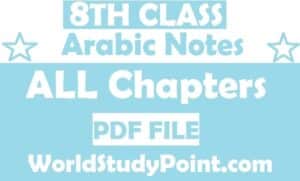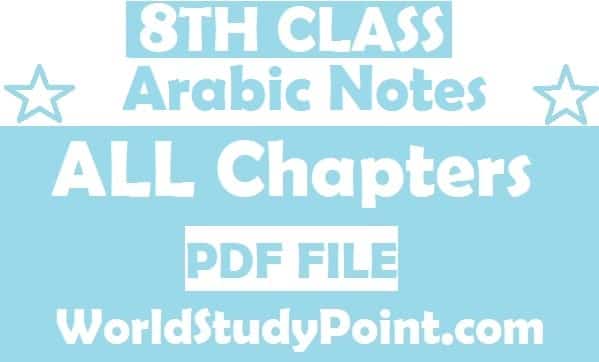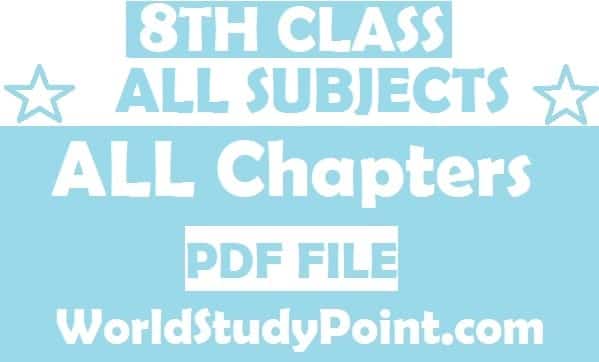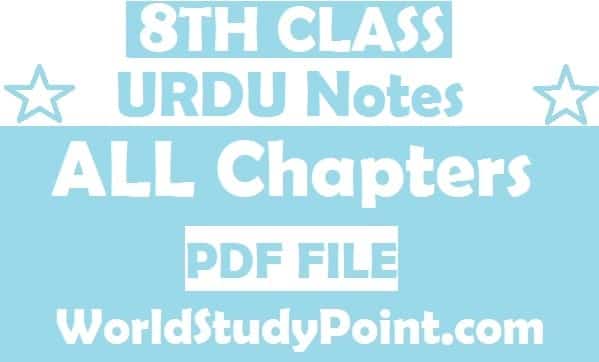Table of Contents
8th Class Arabic At A Punjab Board Download in PDF
For the native Arabic speaking people, a visit to an Arab country would not be complete without having at least a passing familiarity with the term “Arabic.” The Arabic language is spoken in many countries throughout the Middle East and North Africa, and as such, is one of the most widely used languages in the world. In addition, while Arabic is one of the most widely used languages in the world, there are many other languages spoken in the Arab world that are also of high importance as business dialects.

One of these languages, English, is a dead language; it is not of interest to anyone other than native speakers of the English language. That leaves only Arabic and one of its dialects, Moroccan Arabic, left over from the time of Islam. It is these two languages that are of great interest to students learning to speak Arabic.
At first glance, both of these languages look essentially the same to the untrained eye. They have the similar appearance with irregular pronunciation, the same vocabulary and grammar rules, and the same alphabet and phonetic structure. But there are a number of differences that set each language apart from its neighbor, and these differences can help a student who is trying to get a solid foundation in one of these languages.
First, both Arabic and Morocco Arabic are derived from the Arabic language family. This family contains more than two thousand different variations of the Arabic language and more than three thousand words in total. Because there are so many variations, a student can be expected to encounter some learning difficulties at the beginning of their studies in a class where they are learning to speak Arabic. These problems will be most pronounced when students are studying the language at higher levels, such as levels 8th Class or higher. These higher levels typically introduce more difficult vocabulary and grammar rules.
Tips For Selecting an 8TH Class Punjab Board ISLAMIYAT MCQs Notes Download in PDF
The second difference is that Moroccan Arabic is derived from an earlier version of the Arabic language. By taking an Arabic class at an advanced level, students will have an easier time understanding the language since it is written in simpler forms. Some of these forms include children’s writing and classroom exercises based on the traditional written Arabic. Many students have difficulty understanding the differences between the traditional forms and the modern writing system of Moroccan Arabic, especially at the higher levels. These students will benefit from taking an introductory class at a lower language level to get a feel for the differences.
Another difference is that Moroccan Arabic does not use the letter “V” in its vocabulary. Unlike Arabic, which uses the letter “V”, Moroccan Arabic uses the letter “N” for its nouns and “A” for its verbs. In addition, it has fewer articles in its vocabulary. This allows students to focus more on the specific words they want to learn. The benefits of these differences will be more apparent when students are taken to higher levels of courses.
8th Class Arabic Punjab Board Notes Chapter Wise In PDF
8th Class Arabic Notes |
|
|---|---|
| 8th Class Arabic Punjab Board Arabic Notes Chapter 01 | View Notes |
| 8th Class Arabic Punjab Board Arabic Notes Chapter 02 | View Notes |
| 8th Class Arabic Punjab Board Arabic Notes Chapter 03 | View Notes |
| 8th Class Arabic Punjab Board Arabic Notes Chapter 05 | View Notes |
| 8th Class Arabic Punjab Board Arabic Notes Chapter 06 | View Notes |
| 8th Class Arabic Punjab Board Arabic Notes Chapter 08 | View Notes |
| 8th Class Arabic Punjab Board Arabic Notes Chapter 09 | View Notes |
| 8th Class Arabic Punjab Board Arabic Notes Chapter 10 | View Notes |
| 8th Class Arabic Punjab Board Arabic Notes Chapter 12 | View Notes |
| 8th Class Arabic Punjab Board Arabic Notes Chapter 13 | View Notes |
| 8th Punjab Board Arabic Notes Chapter 14 | View Notes |
| 8th Punjab Board Arabic Notes Chapter 15 | View Notes |
| 8th Punjab Board Arabic Notes Chapter 16 | View Notes |
| 8th Punjab Board Arabic Notes Chapter 19 | View Notes |
| 8th Punjab Board Arabic Notes Chapter 20 | View Notes |
| 8th Punjab Board Arabic Notes Chapter 24 | View Notes |
| 8th Punjab Board Arabic Notes Chapter 25 | View Notes |
| 8th Punjab Board Arabic Notes Chapter 27 | View Notes |
| 8th Punjab Board Arabic Notes Chapter 28 | View Notes |
| 8th Punjab Board Arabic Notes Chapter 29 | View Notes |
| 8th Punjab Board Arabic Notes Chapter 30 | View Notes |
At levels 8th Class and higher, students will begin to learn about the intricacies of the Arabic language, including the different tenses of the verb and different numbers of times an adjective can be used. They will also start learning the specifics of how to conjugate verbs, as well as how to create sentence structure that makes sense and fits the message of each word. Since all of these components are relatively new to students, they will not have a full grasp of all that information right away, but as they continue to study the language more fully, they will gain more knowledge.
For people who already speak English as a first language, taking courses at a Middle Eastern Language School in America may seem like an unnecessary step. However, it is important for students to gain knowledge of their preferred language so that they will be able to communicate with those who do not speak the same language. Also, it provides them with the ability to see how the language is spoken and learn from those who are native speakers. By taking an introductory course in Middle Eastern languages, students will be able to take their education one step further.




